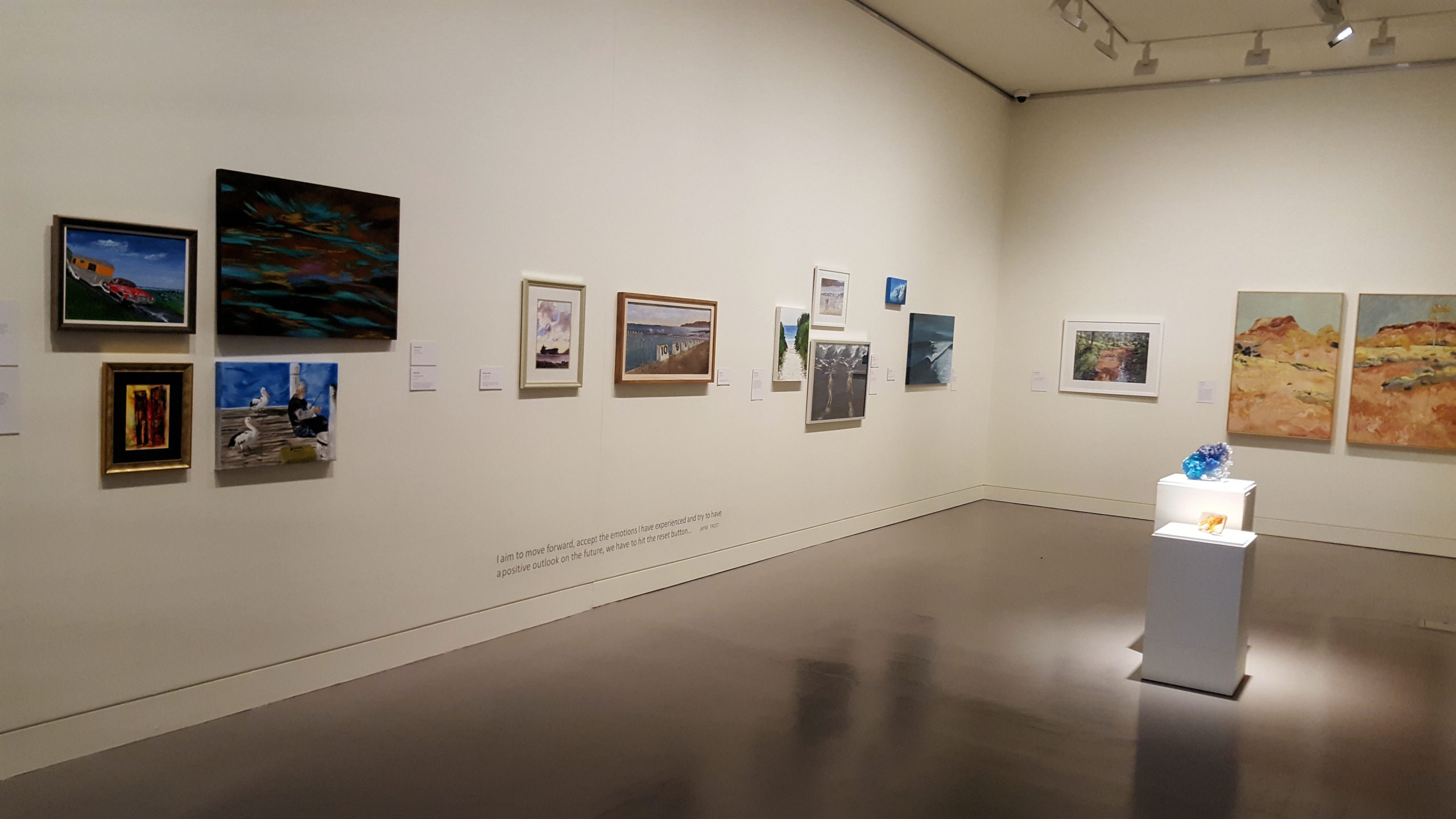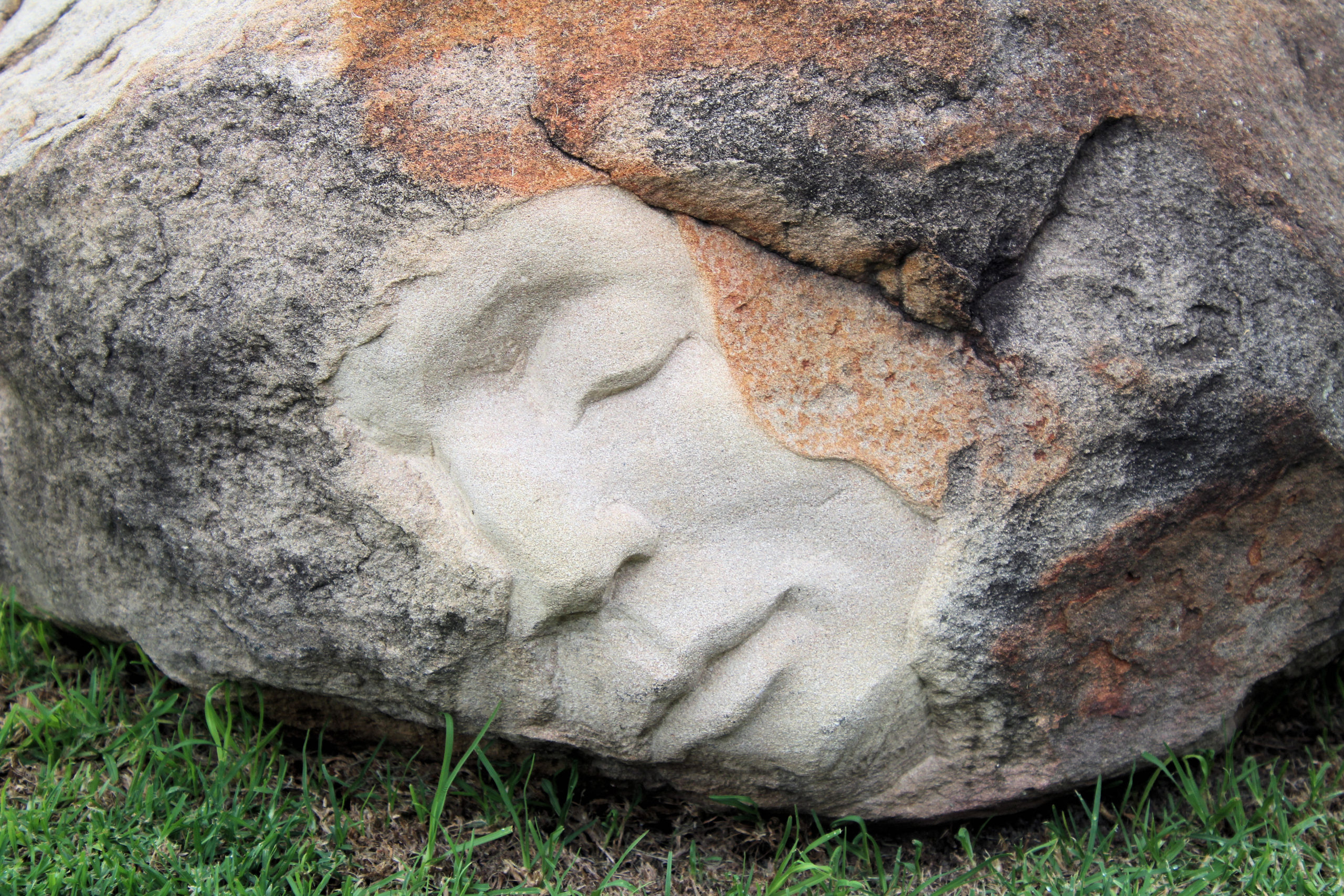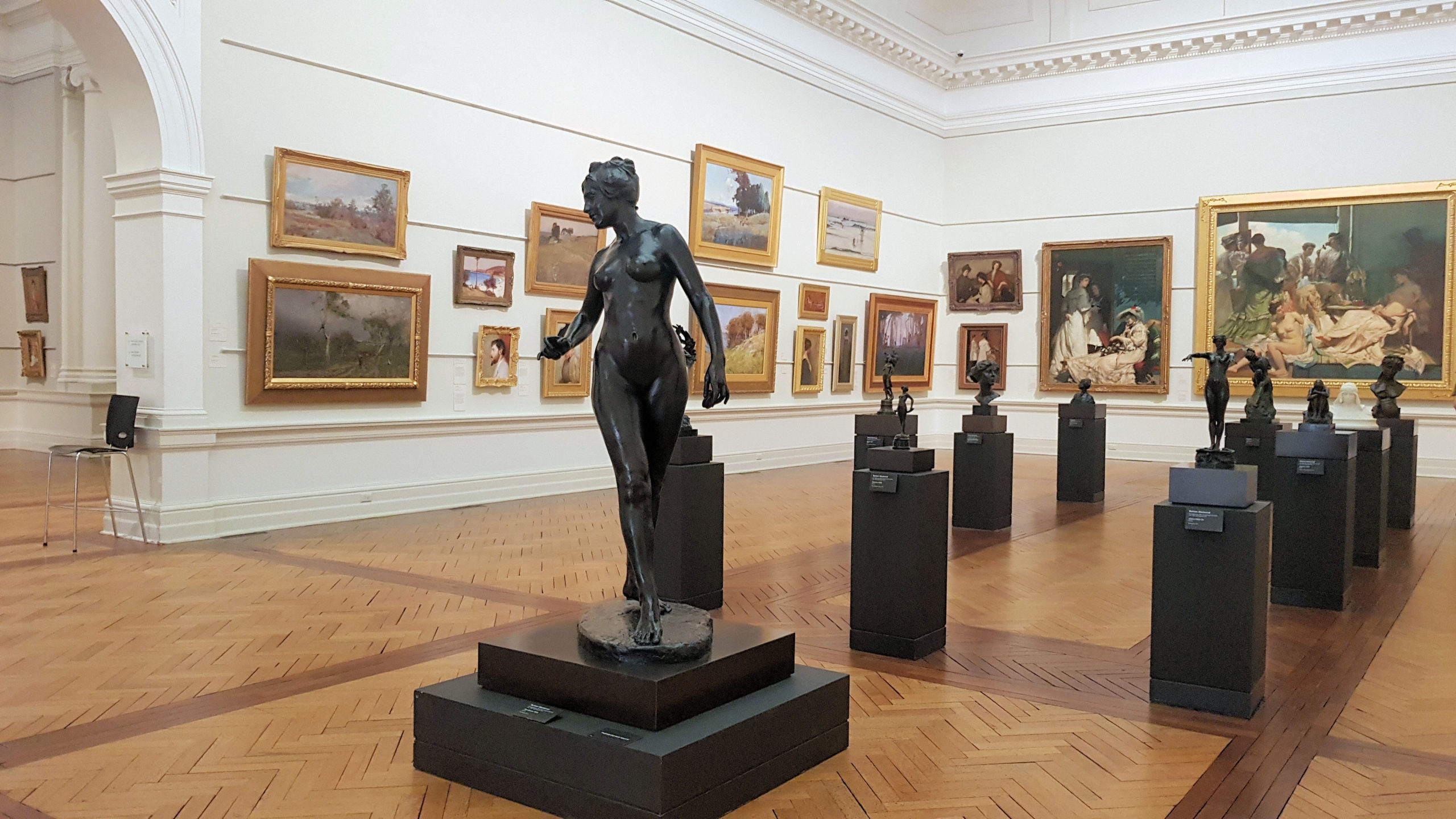Tag: Sculpture
-
Museum of Art and Culture Lake Macquarie

Museum of Art and Culture Lake Macquarie The Museum of Art and Culture Lake Macquarie, formerly known as Lake Macquarie City Art Gallery, was established in 1980. First housed in Lake Macquarie’s former council chambers on Main Road at Speers Point, the gallery relocated to First Street, Booragul in 1996. The gallery originally occupied Awaba… Read more
-
Upper Hunter Valley Sculpture Trail

Upper Hunter Valley Sculpture Trail Denman Two Rivers Wines Sandy Hollow The Upper Hunter Valley Sculpture Trail runs from Muswellbrook to Denman and onto Sandy Hollow. In Muswellbrook, it starts outside of the Regional Arts Centre, where you will find a map of the trail and the first sculpture, the ANZAC Centenary Stone. From here… Read more
-
Art Gallery of New South Wales

Art Gallery of New South Wales Located in the Domain, the Art Gallery of New South Wales opened in 1885 with two picture galleries. Over time additional wings and a foyer expanded the building to its current size. Entry is free to the general collection, although entry to any special events or exhibitions is not.… Read more